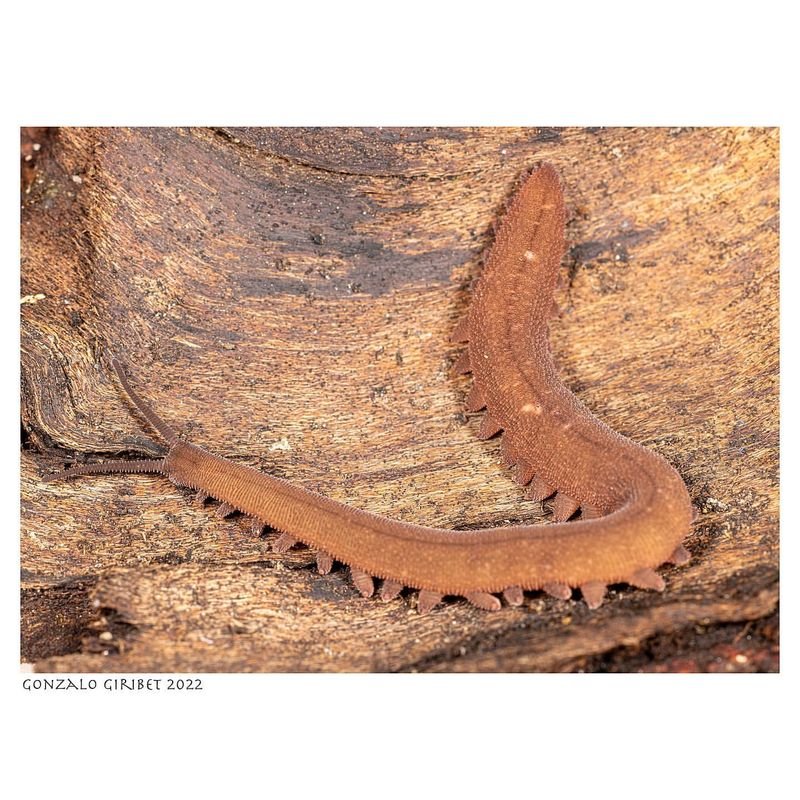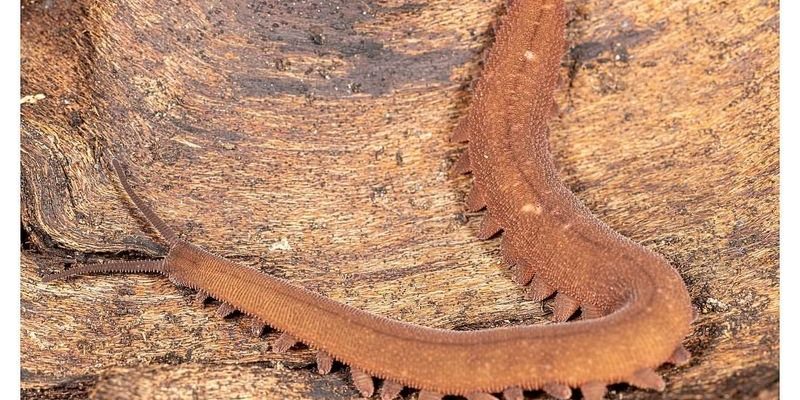
Imagine being a velvet worm, surrounded by a lush yet unpredictable environment. With soft, velvety bodies and a unique way of moving, these creatures have adapted to their tropical habitats over millions of years. It’s like they’re nature’s own superheroes, each equipped with abilities that help them survive not just the rains but also the myriad challenges they face in their humid homes. So, grab your coffee, and let’s dive into the world of velvet worms and their incredible survival tactics!
What Are Velvet Worms?
Velvet worms, or *Onychophorans*, are fascinating creatures that belong to an ancient lineage, bridging the gap between invertebrates and arthropods. If you think of them as a mix between a slug and a caterpillar, you’re not far off. They have soft, elongated bodies covered with a velvety skin that gives them their name. You might spot them in the leaf litter of tropical forests, where they thrive in moist environments.
These creatures are nocturnal hunters, using their specialized appendages to crawl around as they search for their favorite prey: insects. Velvet worms possess a pair of slime glands that allow them to shoot a sticky secretion at their food, immobilizing it quickly. This clever hunting method somewhat resembles how a spider traps its meals, showcasing their unique evolution strategies.
Velvet worms are also known for their segmented bodies, with each segment housing a pair of stubby legs. This gives them an interesting, wiggly appearance as they navigate through the underbrush, almost as if they’re dancing through their environment. Honestly, the more you learn about them, the easier it is to admire their distinct characteristics.
Adapting to Tropical Storms
Tropical storms can be incredibly destructive, and many creatures have developed ways to cope with these harsh conditions. For velvet worms, adaptation is key. Their natural habitat is rich in moisture, which allows them to thrive, but when a storm hits, things can quickly become chaotic. So, how do they manage to stay safe?
One of the primary strategies velvet worms employ is their ability to burrow into the soil or leaf litter. When they sense a storm approaching, they instinctively find refuge underground, where they’re sheltered from the worst of the wind and rain. This technique not only protects them from the elements but also from predators that might take advantage of their vulnerability during a storm.
Moreover, their velvety skin has unique properties that help retain moisture, allowing them to survive when their environment becomes overly wet. You might say they’re like little sponge-like creatures that can handle excess water while maintaining their bodily functions. This feature is crucial because it helps them avoid drowning when the rains become torrential.
Hydration and Moisture Control
You might be wondering how velvet worms keep themselves hydrated, especially during the intense rains that come with tropical storms. Well, they have an impressive way of managing moisture that’s key to their survival.
These creatures have a high tolerance for humidity, which is essential in their tropical habitat. Their bodies can absorb moisture from the air, effectively “drinking” the humidity around them. This ability is like having a built-in hydration system that keeps them from becoming dehydrated, even when the storms rage.
Additionally, velvet worms often take advantage of the moist microclimates found in their environment. They’ll seek out areas with dense foliage or leaf litter that retain moisture, allowing them to stay hydrated without needing to venture out. This behavior is similar to how some animals, like frogs, find wet spots to stay cool and safe during hot weather.
The Role of Camouflage in Survival
When we think of survival strategies, camouflage often comes to mind, and velvet worms use this tactic to their advantage. Their velvety appearance and muted colors help them blend seamlessly into their surroundings, making it harder for both predators and prey to spot them.
Imagine wandering through a tropical forest and spotting a velvet worm nestled among the leaves. If it’s a good blend, it might just look like a twig or a piece of bark. This form of camouflage not only helps them evade predators during storms but also aids in their hunting efforts.
Additionally, the ability to stay hidden is especially crucial during stormy weather. With strong winds and rain, many animals are more active and ferocious in their search for food. Velvet worms rely heavily on their stealth to avoid becoming someone else’s meal in these chaotic conditions, illustrating yet another layer of their ingenious survival tactics.
Reproduction and Resilience
You might be interested to know that velvet worms have fascinating reproductive strategies as well. When it comes to survival, the ability to reproduce in harsh climates is vital. Velvet worms practice a form of reproduction known as ovoviviparity, meaning they give birth to live young instead of laying eggs.
This method ensures that the offspring are born ready to adapt to their environment right away. When storms occur, they can take shelter with their parents until the weather calms down, rather than waiting for eggs to hatch. It’s a bit like having a safety net for the next generation during turbulent times.
Moreover, the resilience of velvet worms shines through in their life cycle. When faced with unfavorable conditions, including the aftermath of a storm, they can enter a state of dormancy. This means they’ll slow down their metabolism and wait it out until conditions improve. It’s nature’s way of hitting the pause button until the world becomes a little less chaotic.
Velvet worms are a testament to nature’s ingenuity, showcasing how even the smallest creatures can develop strategies for survival in challenging environments. From their burrowing habits to moisture control and impressive camouflage, these little guys are equipped to handle the chaos that comes with tropical storms.
Next time you think about tropical storms, don’t just picture the powerful winds and heavy rain; remember the velvet worms quietly navigating their world, using their unique adaptations to thrive amid the turmoil. They may be small, but their survival tactics offer big lessons about resilience and adaptation in the face of life’s challenges.
So, here’s the thing—we can learn a lot from these velvet wonders. Just like them, we can find our way to remain steady, no matter how fierce the storm.

